“These primary forms and figures were the secret of all effects (…) which were ever got into the architecture of the world”
– Frank Lloyd right, who played learned much from playing with Friedrich Froebel’s toys
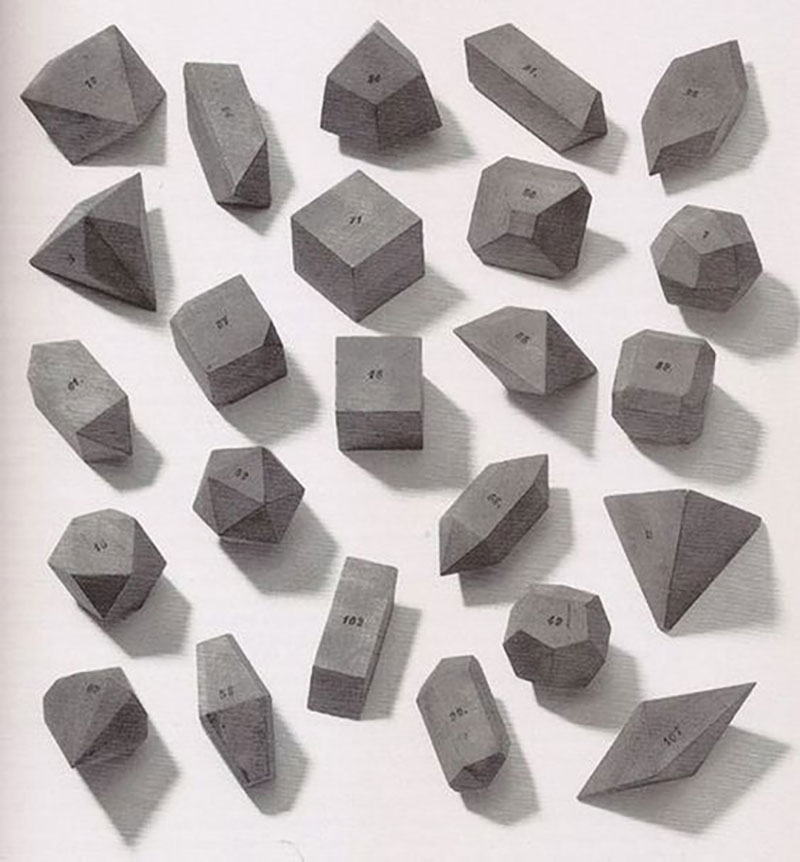
Friedrich Froebel (1782-1852) created the first Kindergarten in 1837 with his “Play and Activity Institute”. In the Kindergarten at Bad Blankenburg in his Germany, Froebel introduced children to his “play gifts” (Spielgabe) – wooden toys that can be combined to produce new forms. Through play children become active learners, creating things and making connections in their own time and space. As Froebel explained: “I wanted to educate people to be free, to think, to take action for themselves.”

The first of Fröbel’s gifts consisted of eight cubes that can be assembled to obtain a bigger one. He later developed five other initial play gifts and many more over fifteen years – ultimately 20 in all – explaining their mode of use and meaning in the Sonntagsblatt (1838-1840) periodical.
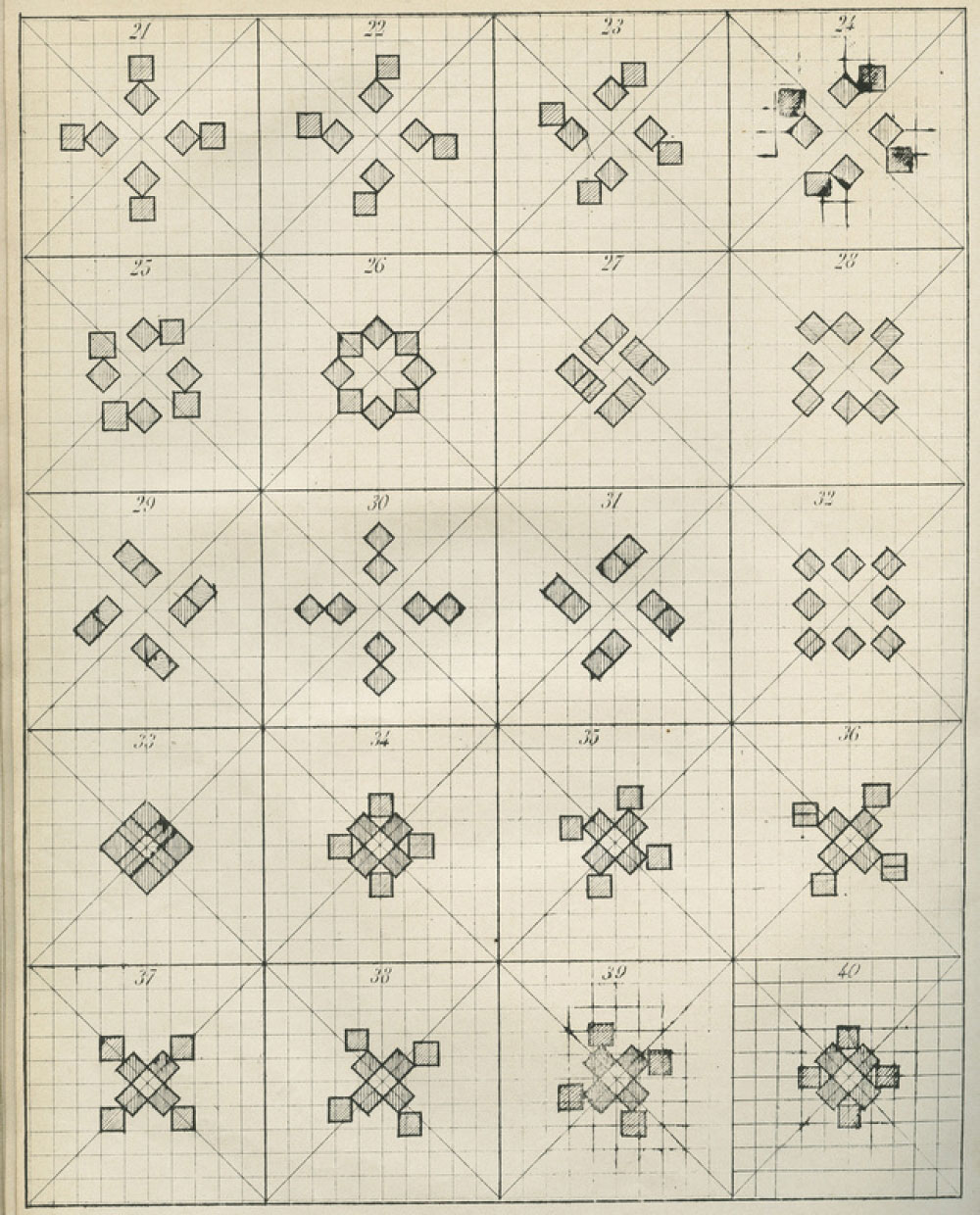
“The active and creative, living and life producing being of each person, reveals itself in the creative instinct of the child. All human education is bound up in the quiet and conscientious nurture of this instinct of activity; and in the ability of the child, true to this instinct, to be active.”
– The Sunday Papers (Sonntagsblatt) published by Fröbel between 1838–1840 on this meaning of his “play gifts”
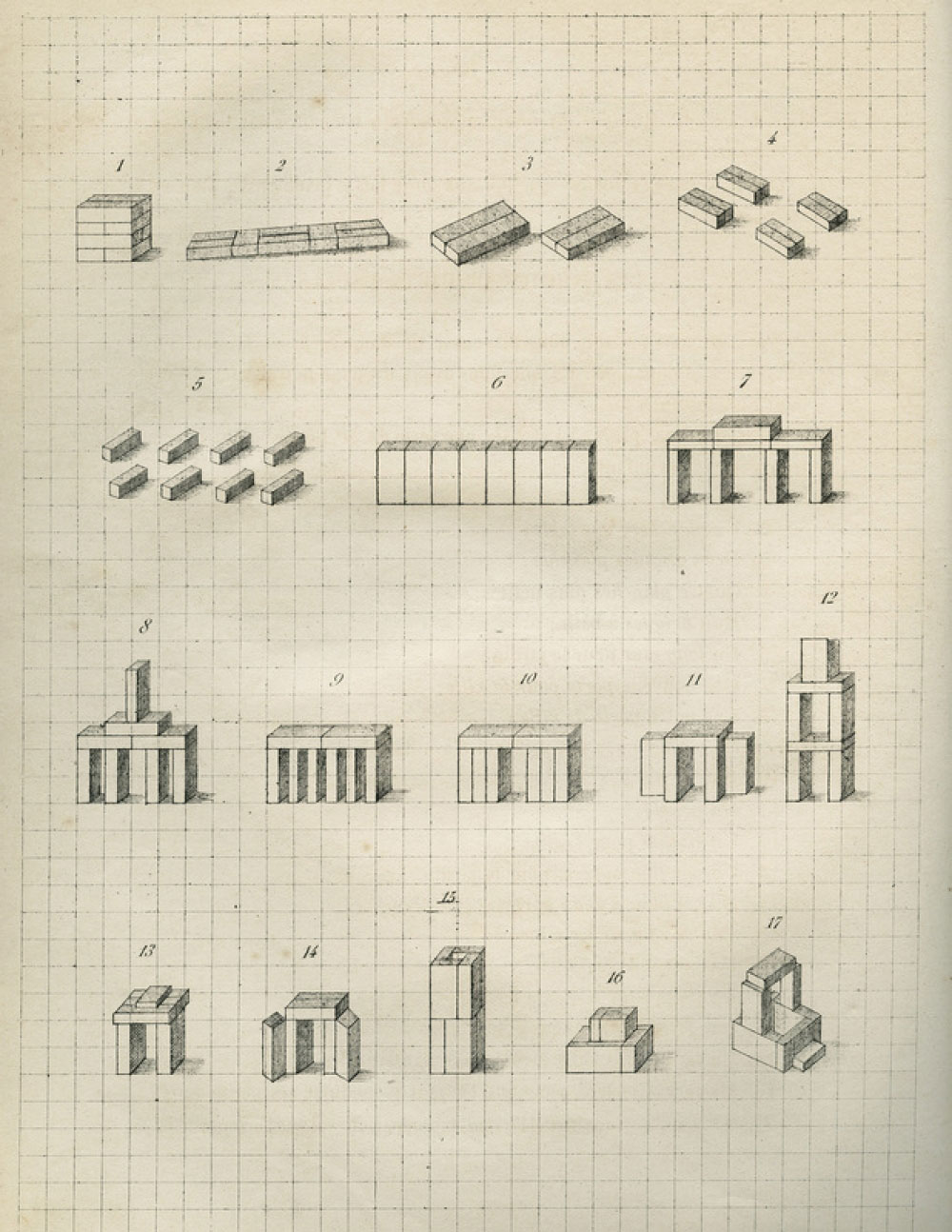
The gifts influenced art and and design
Architect Frank Lloyd Wright (June 8, 1867 – April 9, 1959) was given a set of Froebel blocks at about age nine. He recalled:
“For several years I sat at the little kindergarten table-top ruled by lines about four inches apart each way making four-inch squares; and, among other things, played upon these ‘unit-lines’ with the square (cube), the circle (sphere) and the triangle (tetrahedron or tripod)—these were smooth maple-wood blocks. All are in my fingers to this day… The virtue of all this lay in the awakening of the child-mind to rhythmic structures in Nature… I soon became susceptible to constructive pattern evolving in everything I saw.”
R. Buckminister Fuller, inventor of the geodesic dome, traced his discovery of the superior strength of triangles, the building blocks of his domes, to Froebel’s 19th gift, in which children made constructions from toothpicks and moistened peas.
”When the teacher told us to make structures, I tried to make something that would work,” Fuller recalled. “Pushing and then pulling, I found that the triangle held its shape when nothing else did. The teacher called all the other teachers in primary school to take a look at this triangular structure. I remember being surprised that they were surprised.”
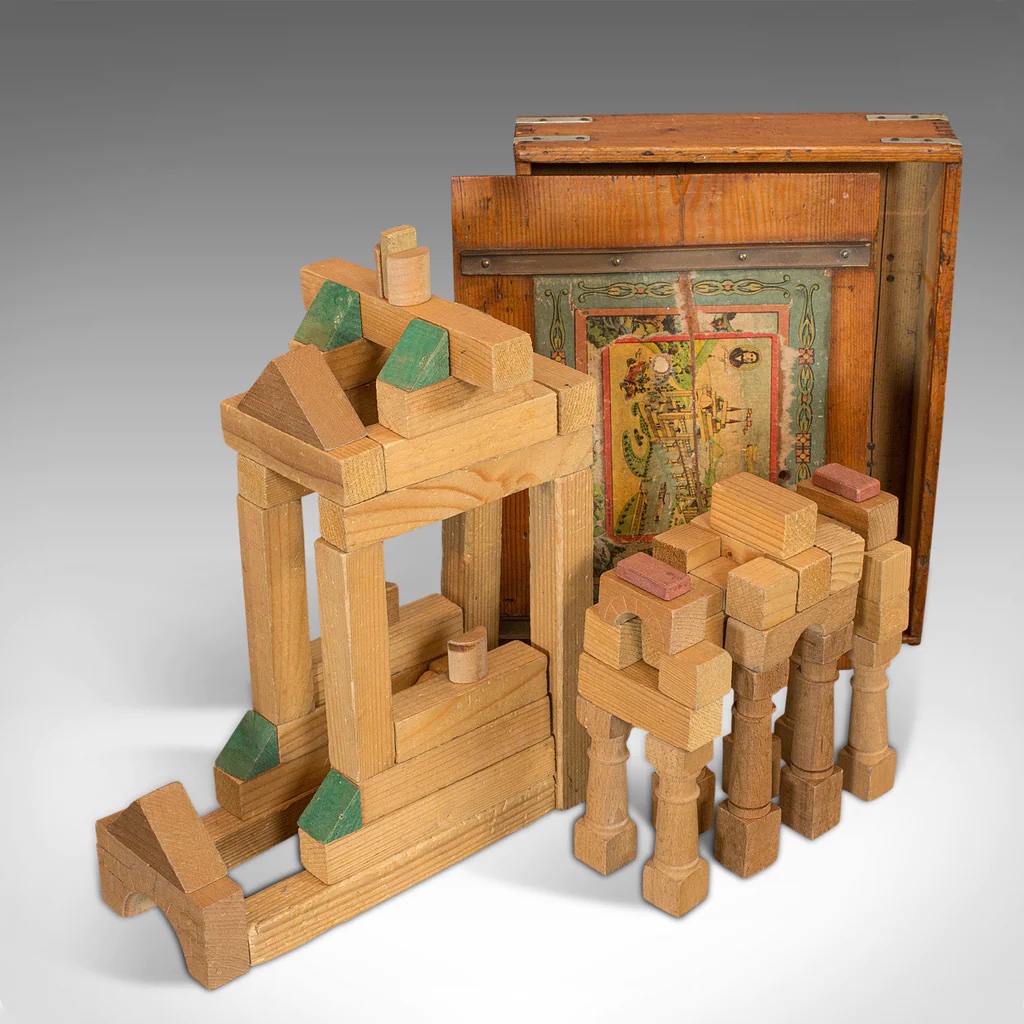
Froebel Play Gift Set – c..1910 via London Fine auctions
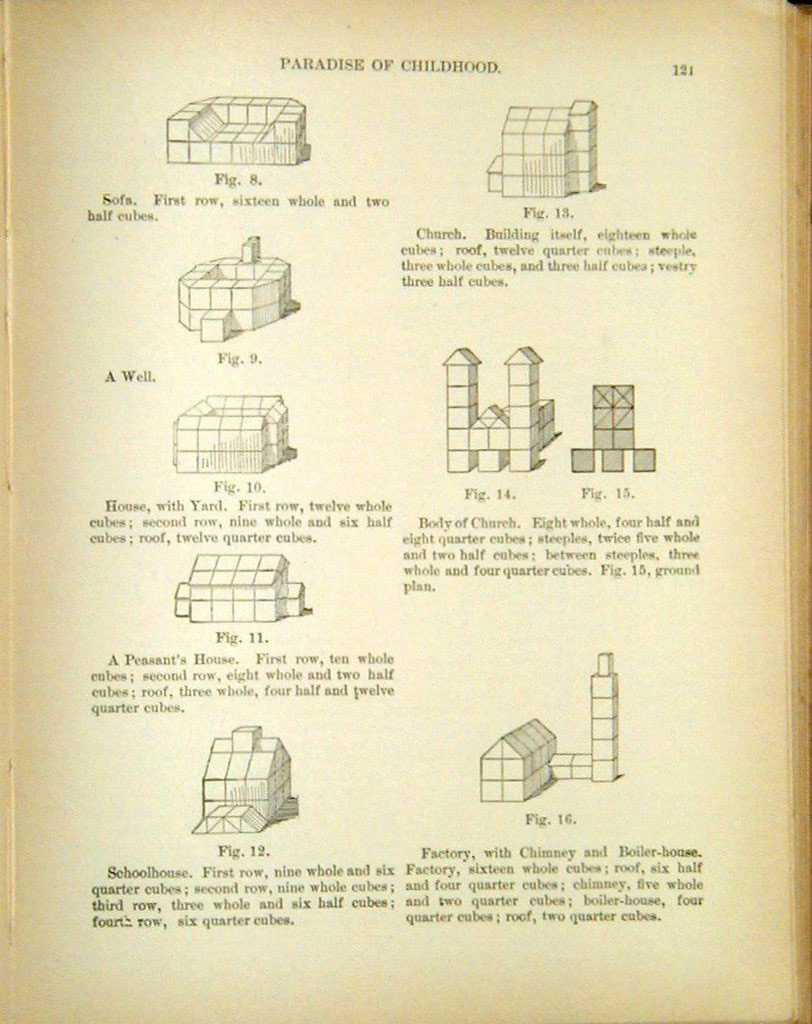
The First 6 Froebel Play Gifts:
Each of the first five gifts was assigned a number by Froebel in the Sunday Papers, which indicated the sequence in which each gift was to be given to child.
Gift 1 (infant)
A soft ball or yarn ball in a solid colour, which is the right size for the hand of a small child. When attached to a matching string, the ball can be moved by a mother in various ways as she sings to the child.
The child learns about spatial relationships, movement, speed and time, colour and contrast, and weights and gravity.
Gift 2 (1–2 years)
A wooden sphere and a cube. By attaching a string or inserting a rod in a hole drilled through these wooden geometric shapes, they can be spun.
Gift 3 (2–3 years)
Eight identical beechwood cubes, about one inch along each edge. This teaches them how to build.
Gift 4 (2–3 years)
Eight identical beechwood blocks arranged into a rectangular plank, twice as long and half the width of the cubes of Gift 3.
Gift 5 (3–4 years)
More cubes, some of which are divided in halves or quarters.
Gift 6 (4–5 years)
A set of more complex wooden blocks that includes cubes, planks, and triangular prisms.

“The play of children is not recreation; it means earnest work. Play is the purest intellectual production of the human being, in this stage … for the whole man is visible in them, in his finest capacities, in his innermost being.”
– Friedrich Froebel

A reproduction set of Froebel gifts
Via Socks Studio. More at the Froebel Trust.
Would you like to support Flashbak?
Please consider making a donation to our site. We don't want to rely on ads to bring you the best of visual culture. You can also support us by signing up to our Mailing List. And you can also follow us on Facebook, Instagram and Twitter. For great art and culture delivered to your door, visit our shop.


